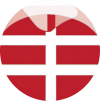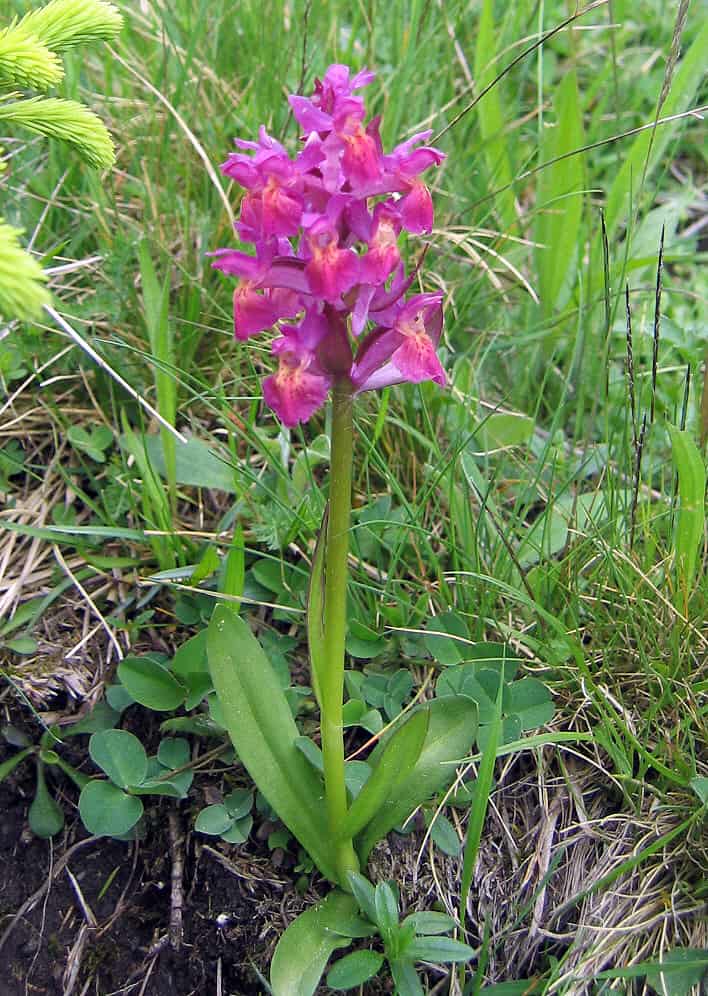After years of decline, the stock of shelf orchids (elder orchid) is Latin Dactylorhiza Sambucina – an almost extinct orchid that grows in the Kåsegård loop in Klinteby – has more than doubled. This is announced by landscape manager Katrine Høst from the BRK Ministry for Nature and the Environment.
In recent years, insect hotels have been set up in the area to attract bees, who are attracted to and pollinate the smell of orchids. However, there is still no proven connection between these insect hotels and the sharp increase in the population.
The area belongs to the nature fund of Aage V. Jensen, and here the biologist Lars Malmborg is responsible for the Kåsegårds project.
He doesn’t think there is any direct link between the insect hotels and the increase in orchids.
“It’s more because the rain made it easier for the seeds to get through the moss into the ground,” he says.
New soil tests have also shown that the soil in Kåsegård is too acidic and the foundation has therefore asked permission to distribute lime in the area.
So when you’re back on Bornholm, look for the shelf orchids.
Locations and distribution of the elder orchid in Central Europe
The plant loves poor, little cultivated meadows and pastures on lime-free or superficially decalcified subsoil. The elder orchid colonizes moderately acidic to weakly alkaline, lime-poor, mostly loose and sandy-stony loamy soils, which should be somewhat humus, it prefers mountain meadows, but also goes into light forests. It likes to thrive on porphyry or gneiss. It is a character species of the Viscario-Festucetum from the association Koelerio-Phleion phleoidis, but also occurs in societies of the Violion caninae or lean societies of the order Arrhenatheretalia elatioris. [1] It often occurs in smaller, loose stands at its locations.
The elder orchid has always been very rare in Central Europe, it only occurs there in low-lime low mountain ranges, in the Alpine foothills and in the Alps, and today it is threatened in its population due to the destruction of its location by “melioration”.
>> All information about the rare orchid species
Photo: Wikipedia

